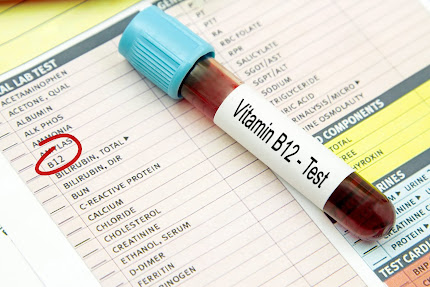CREATINE: ENHANCES MIND AND BODY
CREATINE: ENHANCES MIND AND BODY
For years, creatine was primarily associated with weightlifters chasing personal records. But research is quickly broadening our understanding of what this supplement can do, well beyond building muscle in the gym.
Dr. Richard Kreider, who leads the Exercise & Sport Nutrition Lab at Texas A&M University, has spent decades studying creatine’s effects. According to Kreider, creatine is fundamental for cellular energy. It combines with phosphate in our muscles to form creatine phosphate, which acts as a quick-access energy reserve, especially when our bodies are under stress, whether from intense exercise or certain health conditions. “Creatine phosphate is needed to maintain energy in the cell,” Kreider explains, “and therefore has a lot of protective and health benefits, in addition to the exercise performance effects that have been seen” (Texas A&M University, 2025).
How Much Creatine Do We Need?
Your body naturally produces about one gram per day, but most people benefit from two to four grams daily, depending on muscle mass and activity levels. You can get creatine from foods like red meat and fish, but the amounts are modest—about a gram per pound. That’s a lot of steak. For vegetarians and vegans, it’s almost impossible to get enough creatine from diet alone, making supplementation especially relevant.
For athletes, Kreider recommends a loading phase of 5 grams, four times daily for a week, to saturate muscle stores. After that, 5 to 10 grams per day helps maintain those levels, which benefits not only muscle performance and recovery but also cognitive function.
Creatine’s value isn’t limited to young athletes. As people age, muscle mass and cognitive function tend to decline. Supplementing with creatine can help slow this process. In adolescents, too little dietary creatine has been linked to slower growth, less muscle, and higher body fat (Texas A&M University, 2025).
Is Creatine Safe?
The safety of creatine has been the subject of hundreds of clinical trials. In a recent review published in the Journal of the International Society of Sports Nutrition, Kreider and colleagues analyzed 685 clinical trials and found no difference in side effect rates between creatine and placebo groups. Common fears about bloating or muscle cramps haven’t held up in research; in fact, creatine may help prevent cramping by supporting fluid balance in the body.
Despite its proven track record, creatine is still plagued by old myths and misinformation. Kreider and other experts recently released a statement urging policymakers not to restrict access, stressing that “there’s absolutely no data supporting any negative side effect anecdotally reported about creatine on the internet and in the media” (Texas A&M University, 2025).
Bottom line: Creatine is safe for almost everyone, and its benefits go far beyond the gym. Whether you’re looking to support your memory, fend off fatigue, or age a little more gracefully, creatine deserves a spot on your radar, regardless of your workout routine.
References:
Texas A&M University. (2025, June 10). Creatine is gaining recognition far beyond its roots in athletic performance. Link
Kreider, R. et al. (2025). Journal of the International Society of Sports Nutrition.




Comments
Post a Comment